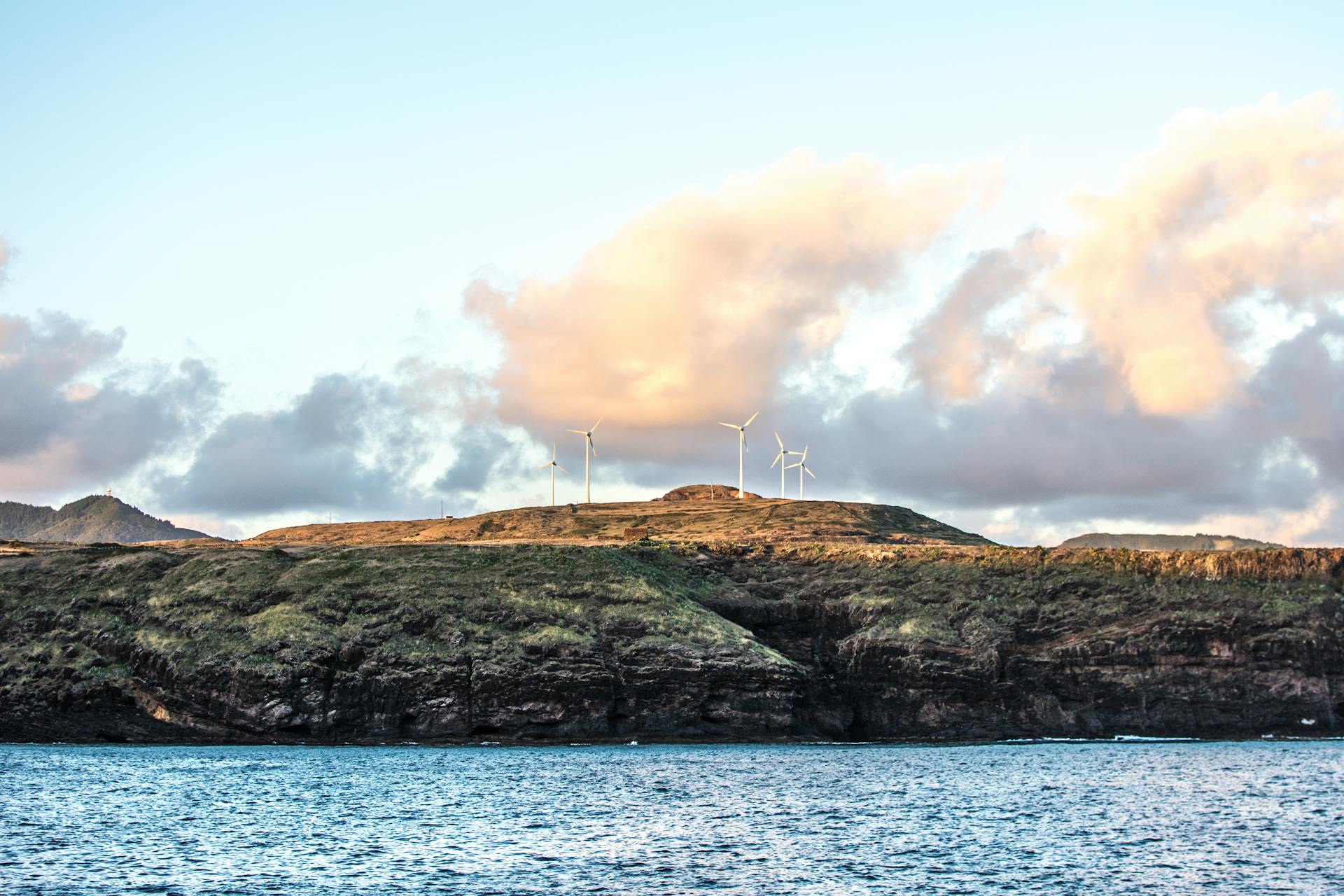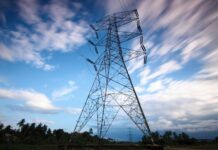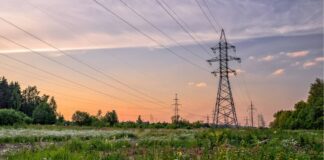It’s been well over a month since the government unveiled ambitious reforms to the UK’s energy system with the Clean Power 2030 Action Plan. The 136 page plan outlines the actions that the Government will take in order to reach its clean energy target. Delivery is expected to require £40 billion a year of predominantly private investment. Unlocking that investment will be critical and the measures in the Action Plan aim to create the conditions that make it possible.
Mission to deliver Clean Power 2030
In its advice to the Government in October last year, the National Energy System Operator’s (NESO) analysis concluded that though Clean Power 2030 is a huge challenge, it is achievable. Chris Stark, who leads the new control centre tasked with turbocharging the government’s mission, has stated that it ‘lies on the very edge of what can be done,’ and concedes that changes across every system will be needed, and quickly. Realistically, the Government has the next twelve months to get the policy and regulatory framework in the right place. The Action Plan sets out chapters covering what it sees are the key enablers:
- Planning and consenting for new energy infrastructure
- Networks and connections
- Renewable and nuclear project delivery
- Reforms to electricity markets
- Short-duration flexibility
- Long-duration flexibility
- Supply chains and workforce
It’s an extremely complicated jigsaw puzzle with a lot of difficult pieces, some that can’t fit without the others, that all need to be put together simultaneously as fast as possible. The Action Plan acts as a kind of instruction book for how to go about it.
What we’re aiming for – definition of clean power
The Government has accepted the NESO definition of clean power, meaning that by 2030, Great Britain will generate enough clean power to meet 95% of total annual electricity demand, with 5% backed up by unabated gas supply to be used only when essential.
Huge build out of renewables
The plan sees a huge build out of renewables. 43-50 GW of offshore wind, 27-29 GW of onshore wind, and 45-47 GW of solar power, all aimed at significantly reducing our fossil fuel dependency. If this can be achieved, the UK stands to become a net exporter of electricity.
Clean power and connections reform are interlinked
All of this new capacity must be underpinned by ‘the rapid delivery of 80 network and enabling infrastructure projects’ to significantly enhance the electricity transmission grid that sends power around the country. Once again, the scale and speed make for a significant challenge, with around twice as much new transmission network infrastructure needed in the nation’s grid by 2030 as has been built in the past decade. Ask anyone in the renewables sector to pick the biggest barrier to achieving the Clean Power Plan is, the vast majority will reply with one word: ‘grid’. So what’s in the Action Plan to tackle this?
Queuing to connect
There are thousands of projects waiting in a queue for approval to be connected to the grid, around 750GW in total. The Plan stipulates that the Government will need to act to “clean up the “dysfunctional” grid connections process. Following consultations with Ofgem, NESO and network companies, there are now detailed proposed methodologies for filtering the queue and prioritising connections for strategically important projects.
These proposals include a new gated process, including criteria for projects to meet, and will mean a reordering of the existing queue of projects. They also include a proposed commitment fee aimed to motivate projects to progress through the connections queue or to exit at the earliest possible opportunity.
Support for planning and consenting
According to the Plan, “most new transmission network and offshore wind projects will need all permissions for construction in place by 2026 if they are to be operational by 2030 with current construction timelines.” To mobilise this, the Action Plan includes measures to enable the resources of planning agencies, including £46m investment in planning system capacity, and workforce reform including expanded training and retention initiatives.
A vital piece of the puzzle – REMA
The Review of Electricity Market Arrangements (REMA) and the Clean Power Action Plan must work hand in hand. Critical questions such as national pricing, zonal pricing and legacy contracts all require answers. Stability and certainty is needed to give investors and developers the green light to commit to building the new projects. DESNEZ provided an update on the REMA process earlier this month, the plan is to decide on which policy options will be implemented by mid-2025, and that decision will be aligned with the next Contract for Difference auction round (CfD AR7).
All eyes on AR7
The next two Contract for Difference (CfD) auctions, due to be held in 2025 and 2026, will need to secure historic levels of renewable energy procurement. Offshore wind projects have long timelines, so AR7 and AR8 must contract the majority of the offshore wind capacity required for 2030, at least 12GW. Historically the success of the auctions has varied, with AR5 securing no offshore wind at all. AR6, on the other hand, was allocated the largest ever budget for a funding round (£1.5 billion) and awarded a record 131 clean energy projects with a combined total capacity of 9.6GW. The Government is considering further reforms to support auction’s success, for example, allowing pre-planning approval application for offshore wind projects, giving the Secretary of State greater visibility of the sealed bid information in order to manage the final budget. Improving the way CFDs are allocated will ensure it can procure the capacities needed to hit the target, but it must also balance the interest of the consumer, keeping the auction competitive on cost too.
People power
Delivery across all of the actions in the Clean Power Plan is going to require engagement and commitment from people. Whether that’s the skilled workforce rolling out the new renewables and transmission infrastructure, the planning officers getting the projects through the system, or the local communities who will be impacted by the developments. Not only that, public awareness of the mission and why it’s important is going to be critical, as well as managing the narratives around cost to bill payers.
New ‘supply chains and workforce industry forums’ for key clean power sectors are planned to tackle the challenge of ensuring the UK has the people power to deliver the changes. In January the government launched ‘The Energy Skills Passport’ which aims to enable workers to easily identify which qualifications, such as technical and safety standards, are transferable from roles in oil and gas and offshore wind, as well as mapping out potential future career pathways within the energy sector. The passport tool is part of a range of measures developed by industry and government to support the UK energy workforce to understand and plan for expanded homegrown energy production.
Horizon scanning, beyond 2030
With 2030 only five years away the impact of the reforms in the Action Plan may not materialise quickly enough to have a substantial impact on the 2030 capacity. Focusing on a sprint to 2030 – without keeping an eye on what comes next – could create issues. For example, projects in the hydrogen space will realistically take much longer than five years. Some would argue that it doesn’t matter – regardless of timings and targets, the work being done now paves the way for the next phase of the energy transition. As we electrify heating and transport, and demand increases substantially, we’ll have already laid the foundations for the clean energy system and seized the opportunity for growth and benefits earlier than most.
Clearly the clean energy mission is a huge task. It will require a lot to be done differently, at scale, and across a multitude of different areas. The likelihood of aligning all these elements in time is extremely challenging. The Action Plan lays out how to get there. But we mustn’t forget the size of the prize that’s up for grabs if we manage it. Not only in terms of net zero and climate change, but in cutting the link between gas prices and our electricity bills, unlocking once in a generation levels of investment, and providing energy security for the future.
If this or any other content has interrested you, get in touch for a no-obligations chat with one of our specialists at Sustainable Energy First.













